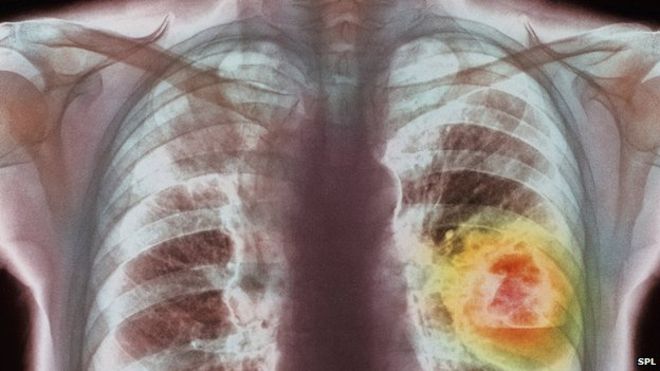
Did you know you could get lung cancer without having ever smoked a cigarette, or having inhaled any second-hand smoke?
Many carcinogens exist in the environment or are created in the course of commercial activities, but you may not know they even exist.
Today is World Health Day and the world is focusing on non-communicable diseases such as diabetes and cancer.
Cancer is the third biggest killer disease in Kenya. From 2010 to 2014, the number of cancer deaths per 100,000 people increased by six per cent.
Also, cancer is the third biggest killer disease in Kenya after malaria and pneumonia and in 2014 14,175 people died of the disease.
According to the International Agency of Research on Cancer of the World Health Organization (IARC), 29 different agents can cause lung cancer in human beings.
- Shoemakers and cobblers
Such workers are exposed to leather dust that causes cancer of nasal cavity and paranasal sinus. Also contains benzene which causes leukemia and lymphoma
- Painters
For this group of workers, they are exposed to multiple additives, solvents which cause mesothelioma, cancer of the lung and cancer of the bladder
- Makers of hard plastics
Are exposed to the vinyl chloride which causes liver and bile duct cancer
- Carpenters
The wood dust they inhale likely, causes cancer of the nasal cavity, pharynx and paranasal sinus
- Dye and pigment makers
Benzidine for bladder, cadmium for lung and maybe kidney and prostrate, chromium VI for lung and limited activity on nasal cavity and aromatic amines
- Glass makers
They use cobalt and cobalt compounds which cause lung cancer
- Battery makers
They are largely exposed to cadmium and its compounds which causes lung, kidney and prostate cancer.
- Transport industry workers
Bus and truck drivers, dock workers, filling station attendants, mechanics, operators of excavating machines and railroad workers are exposed to diesel engine exhaust which causes cancer
- Iron and steel makers
They are exposed also to formaldehyde, metal fumes, organic compounds and silica which cause lung cancer.
Wearing the proper protective equipment is an important part of mitigating cancer risk.
By Simon Ingari














